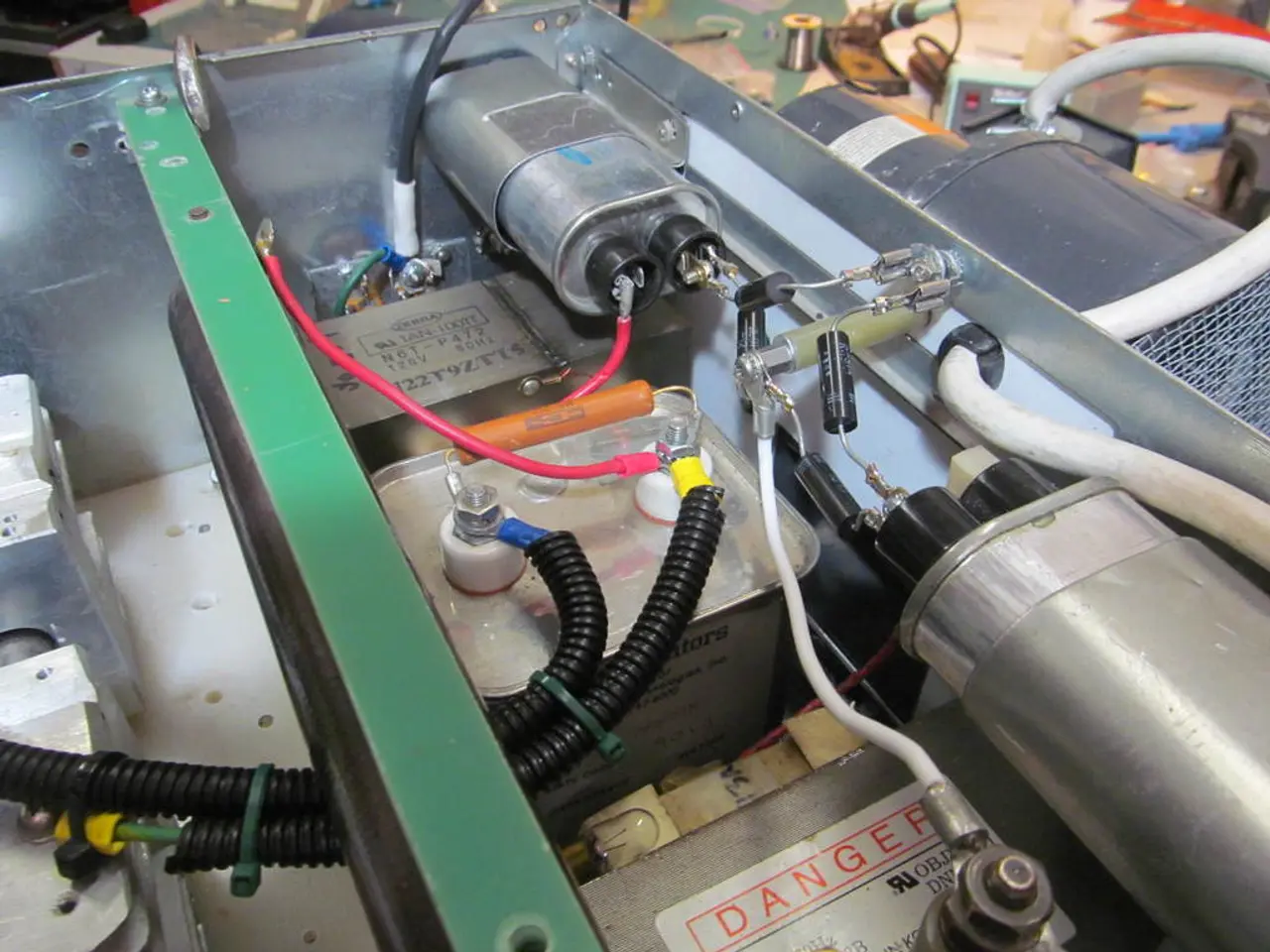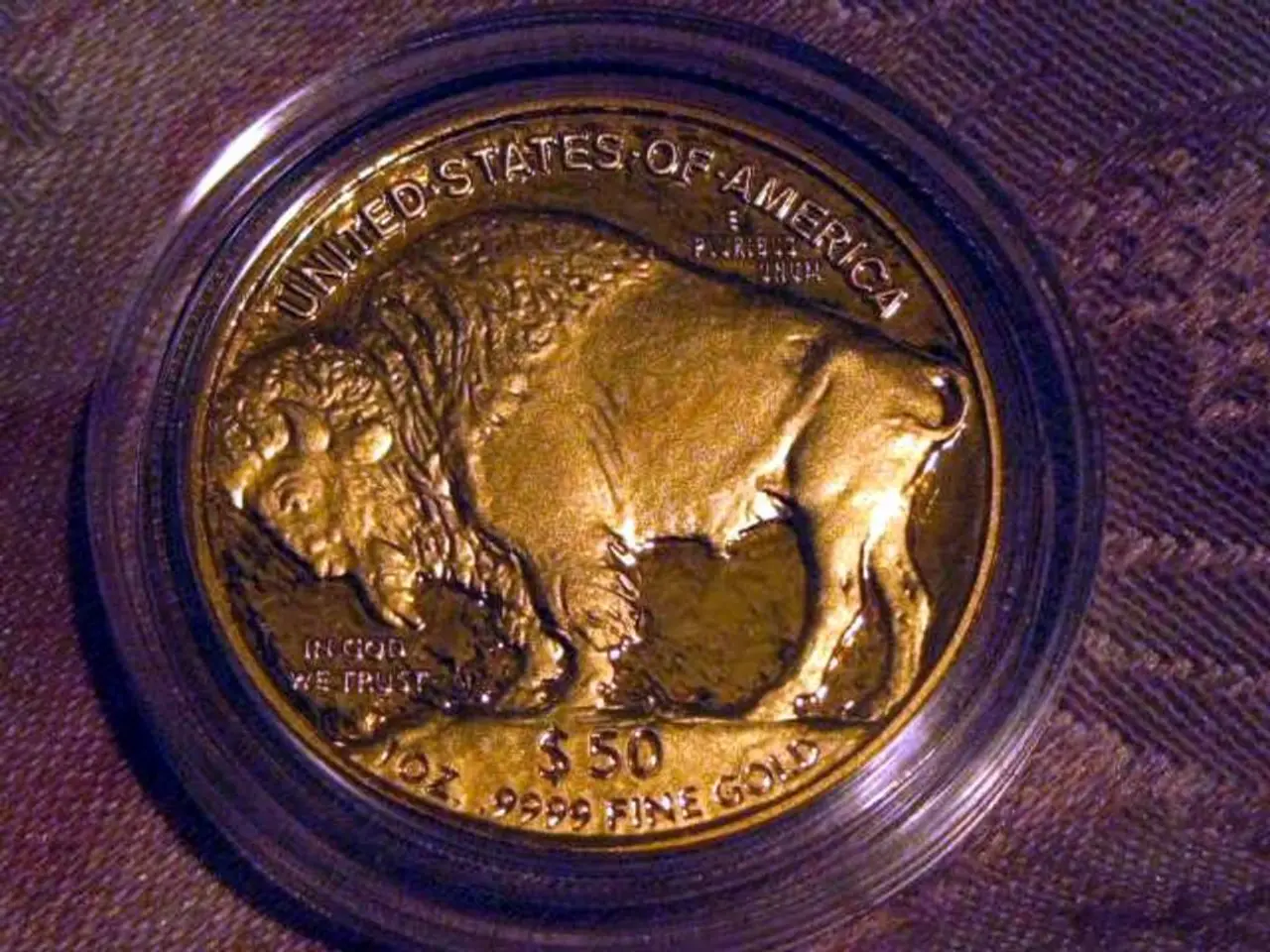Disposing or Repurposing Damaged Unmanned Aerial Vehicles (UAVs)
In the world of drones, a broken device doesn't always mean the end of the line. Whether you're looking to repair, salvage, or sell parts from a damaged drone, this guide offers practical steps and options based on drone repair guidance and parts salvage practices.
**Repairing a Broken Drone**
When faced with a broken drone, component replacement could be the solution. Many drone parts, such as arms, motors, and gimbals, can be replaced. For instance, repairing a damaged arm on a DJI Mini 2 drone involves removing screws, opening the drone casing carefully, and soldering connections if needed. Detailed guides are available online to help you through the process, restoring the drone to flying condition.
Gimbal repairs are also possible. For DJI drones like the Air 3 and Mavic Air 2, there are resources showing how to disassemble, replace, and recalibrate the gimbal assembly to fix errors and restore camera stability. Repairs often require ESD-safe tools, precision screwdrivers, and sometimes soldering equipment. Beginners may need instructional resources or videos to safely open and fix drones without causing further damage.
**Salvaging Drone Parts**
If a drone cannot be fully repaired, its working parts can still be extracted and used. Functional components such as motors, propellers, gimbals, sensors, cameras, and batteries can be removed from broken drones. Careful disassembly using guides is essential to avoid damaging reusable parts. Salvaged parts can be used for DIY drone projects, repairs on other drones, or sold individually.
**Selling Broken Drone Parts**
There is a market for used drone parts, particularly for popular models like DJI drones. Salvaged parts like gimbals, motors, arms, and camera modules can be sold on specialized marketplaces, hobbyist forums, or platforms like eBay. To build buyer confidence, it's crucial to provide clear descriptions of the part's condition, model compatibility, and any tested functionality. Selling parts may be more profitable than selling a non-functional drone as a whole, especially if certain components are in demand.
**Summary**
By following detailed repair guides and selling the parts of a broken drone, you can recover value from a seemingly worthless device. If you lack the time or tools, salvaging and selling parts is often the most practical way to do so. Prices for repair by the manufacturer are usually reasonable and might be cheaper than expected. Damaging a drone does not mean it has no value; it can still be repaired or its usable components can be sold. Selling the parts of a broken drone can provide a few hundred dollars at worst, and selling working parts from a broken drone can potentially yield a profit.
When dealing with third-party repairs, they are likely more expensive unless dealing with minor damage. Drone batteries from damaged drones should be treated with caution as they can be a fire hazard. DIYing a new drone from salvaged parts is a possible option for a broken drone. If no authorized repair center is available, you will likely have to send the drone directly to the manufacturer.
Lastly, learning more about drone insurance can help protect your investment in a new drone. By being informed about your options, you can make the best decision for your broken drone and ensure you get the most value out of it.
A lifestyle that is increasingly embracing technology can find value in a seemingly worthless drone. By repairing, salvaging, or even selling its parts, a broken drone can be a stepping stone towards DIY projects, or a source of income through specialized marketplaces.




